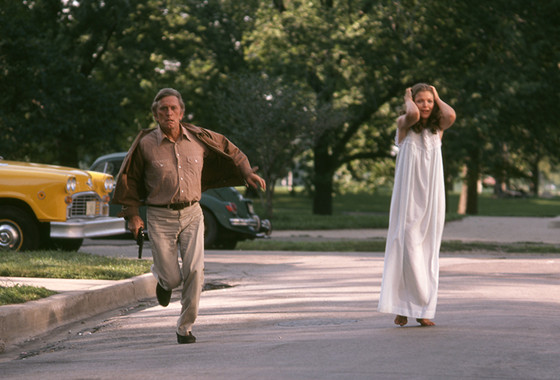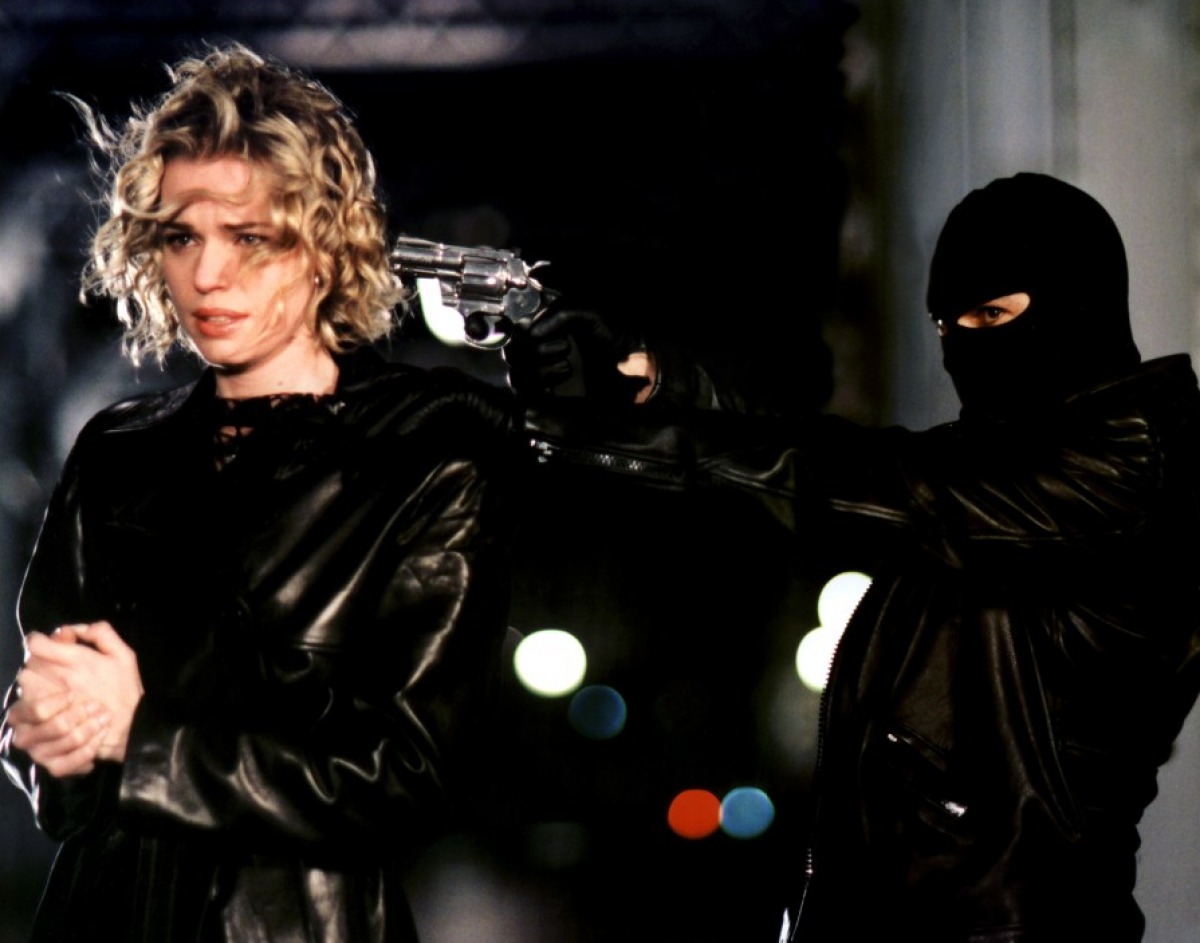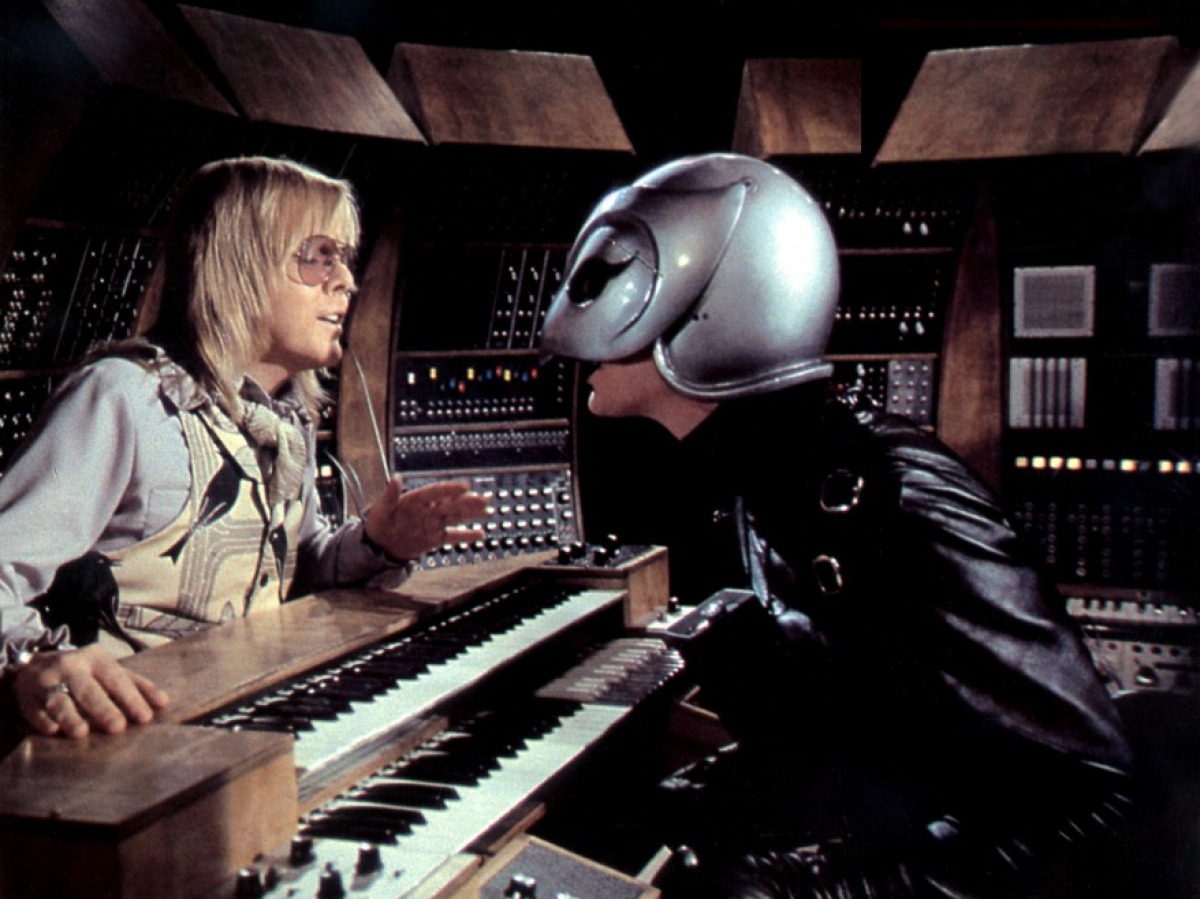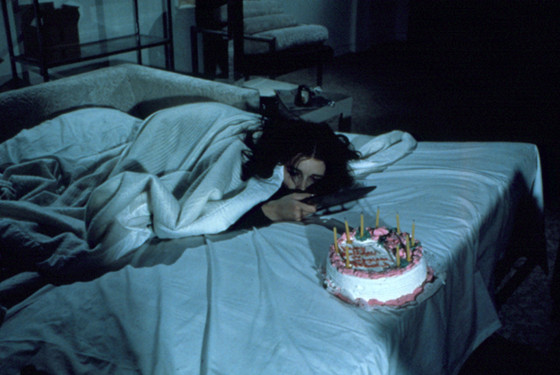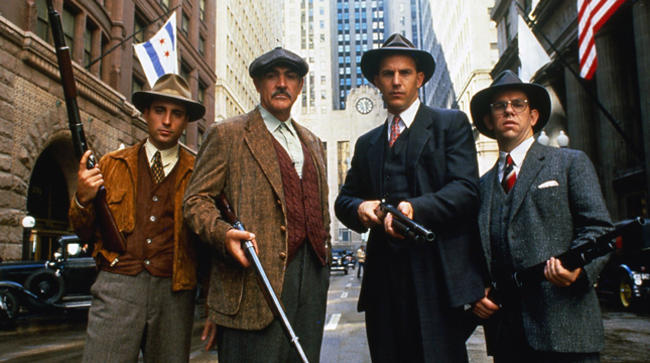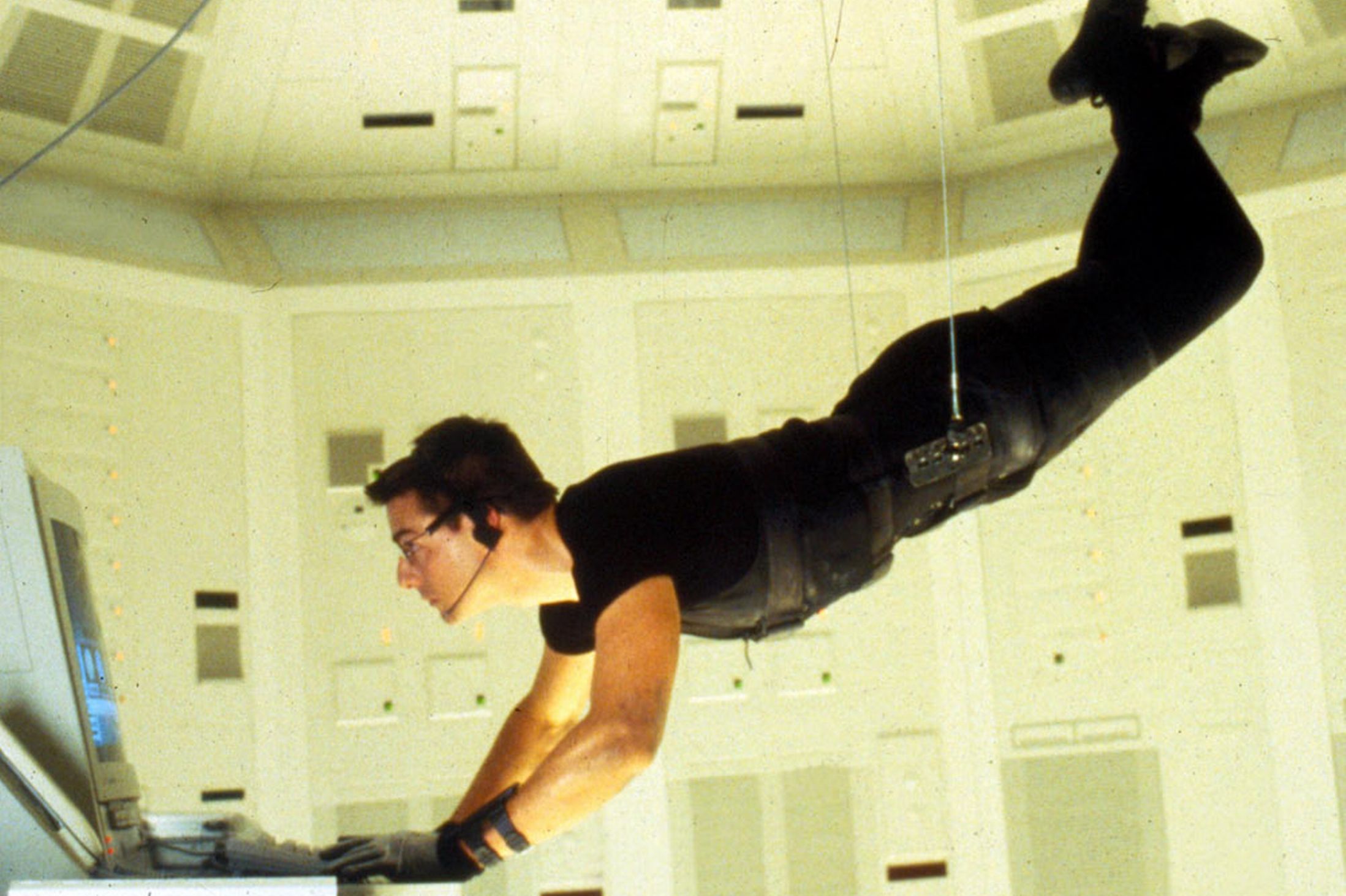If you’re ever looking to spark a heated debate amongst cinefiles mention the name Brian De Palma. Many will passionately say he is a technical genius and master of suspense with a keen eye for satire and intertextualization, while others will call him a misogynistic hack who can’t tell a coherent story. No matter how you feel about his work, his ability to make a lasting impression is undeniable.
Considered one of the original “movie brats”, his name is also thrown in with the best of the “New Hollywood” filmmakers because of the way he brought “pastiche” filmmaking to the forefront. With the exception of a couple comedies, De Palma’s films generally fall into two categories, his psychological thrillers and his commercial genre films. His psychological thrillers are often referred to as “De Palma” films, which infer his thematic and stylistic vision as an auteur. His use of graphic violence as an aesthetic often brought on protests and put him at odds with the MPAA upon initial release of many of his films.
Mr. De Palma’s inventive, distinct, and dynamic visual style and detailed attention to mise-en-scene are certainly his trademarks. He often opens his films with a precisely composed and choreographed long take sequence without any cuts to establish place and tone, and uses similar sweeping, panning, and tracking shots throughout to heighten the drama and suspense. He also employs the static camera in creative ways with the use of dutch angles, “di-opt” (split focus), and zooms. Other common techniques he often uses are the stalking and searching camera, the “God’s eye” point of view, and the 360-degree camera pan. On the editing side of things he is known for the use of the split screen, slow-motion, and cross cutting, which all give his films a solid sense of rhythm.
As far as De Palma’s use of homage or pastiche, Roger Ebert said this in the filmmaker’s defense, in his review of Femme Fatale, “De Palma’s movies contain treasure for those who admire the craft as well as the story, who sense the glee with which he manipulates images and characters for the simple joy of being good at it. It’s not just that he sometimes works in the style of Hitchcock, but that he has the nerve to.”
Ultimately, the films of De Palma demonstrate the mechanics of movie making with an underlying awareness of cinema itself as a medium that like all art proves that style is vital to story. He also tried to abide by Howards Hawks’ philosophy of “three great scenes…” and as a result most critics agree that even his most “meh” films have flashes of genius. If you’re up to it, it’s certainly worthwhile to check out his entire filmography, but if you don’t have the time (or desire) to do so, these 12 films (with three great scenes listed) are a great place to start.
12. The Fury (1978)
After the success of Carrie, De Palma returned with his own take on the theme of teens with psychic powers. Similar to X-Men in that the film metaphorically suggests that the transition from childhood to adulthood is a vulnerable time that can lead to feelings of alienation if not carefully nurtured through loving relationships.
After his psychic son is kidnapped by shady intelligence operative Childress (John Cassavetes), Peter Sandza (Kirk Douglas) recruits another psychic teenager Gillian Bellaver (Amy Irving), who is reluctant about her powers, to help him rescue his son. The film is a super charged thriller that showcases De Palma’s over the top style. Though certainly flawed in many ways, the experience of watching this film is best suited for those who have assimilated to De Palma’s taste for camp, absurdist fun, and jokes about Kirk Douglas in his underwear.
Three Great Scenes: The long take where we first meet Gillian on the beach, the scene where Gillian is hooked up to the train set, and the finale where Gillian makes Childress’ head explodes (which we see 13 times).
On a Side Note: John Williams composed the score. It also took 9 high speed cameras to shoot the scene of Childress’ head exploding.
11. Femme Fatale (2002)
A deconstruction of the iconic film noir conventions, De Palma used elements of his own film Obsession to tell the story of a sexy thief (Rebecca Romijn) who, after pulling off a daring heist at the Cannes Film Festival, double crosses her partners and escapes France only to return seven years later and find herself the target of a photographer (Antonio Banderas) and her recently released former partners.
This was a return to form for De Palma who had veered a bit with Snake Eyes (a still enjoyable film in it’s own charmingly Nic Cage type of way) and Mission to Mars. It’s smart, audacious, funny, and suspenseful but what makes it work is that its anchored by a strong and interesting female character which went against the type of “meek” female characters De Palma had been criticized for creating up to that point.
Three Great Scenes: The heist at Cannes, the fight scene in the Sheraton, and the finale in the streets of Paris.
On a Side Note: John Stamos plays the “cheesy agent” on the phone.
10. Phantom of the Paradise (1974)
Diving head first into the musical, De Palma’s “Phantom of the Opera” meets “Dorian Grey” meets “Faust” satirical take on the music business still resonates to this day. The mind trip follows composer/singer Winslow Leach (William Finley) who becomes disfigured while trying to stop evil music producer Swan (Paul Williams) from stealing his music.
Winslow sells his soul so that the woman he loves can perform his music only to find Swan thwart him and use the music to open his own rock palace, The Paradise. Released before Rocky Horror Picture Show, De Palma had the foresight to see that this whacked out film could become a cult hit. The music was also nominated for an Academy Award.
Three Great Scenes: The split screen sequence where Swan’s band The Juicy Fruits shoot their beach themed music video, the performance where Beef (Garrit Graham) is killed by a “lightning bolt”, and the insane wedding sequence at the end.
On a Side Note: Sissy Spacek was a set dresser on the film and Rod Serling did the introductory voice over.
9. Sisters (1973)
This very Hitchcockian thriller (Bernard Herrmann did the score) also owes a lot to the works of the Giallo filmmakers Mario Bava and Dario Argento and laid the groundwork for what would become his signature “De Palma” work. The apartment of french model Danielle (Margot Kidder) becomes the scene of a terrible murder witnessed by ambitious journalist Grace Collier (Jennifer Salt).
The police, whom she has written damaging articles about, don’t believe her story, so she hires a private detective to help her solve the case on her own. The cautionary tale about the treatment of the “modern woman” is creepishly stylish, disturbing, and even funny. It ends with what is probably the best final shot of De Palma’s filmography. Who knew that a shot of a cow and a couch could make you feel so uneasy?
Three Great Scenes: The murder of Philip, the split screen sequence of Emil cleaning up the murder scene and Grace talking to the police, and the “through the binoculars” sequence of Detective Larch investigating the apartment.
On a Side Note: One of the producers doubted that anyone could be stuffed into a sofa bed, so De Palma shot it in one shot to prove that it could be done.
8. The Untouchables (1987)
De Palma’s career defining action flick is not only slick and tensely paced but has since become an iconic example of how going balls out cinema in favor of verisimilitude when dealing with a “true” story can be both fun and satisfying. The David Mamet-scripted story tells the legend of goody-two-shoes cop Elliot Ness and his band of enforcers (Sean Connery, Andy Garcia, and Charles Martin Smith) in their attempt to take down baddie Al Capone (Robert De Niro). Ennio Morricone’s amazingly bombastic score and Connery’s Oscar winning performance helps this old school tale feel fresh and fun with every viewing experience.
Three Great Scenes: Capone makes his point with a baseball bat, the invasion of the police station that ends with “touchable” written in blood on the wall of the elevator, and the train station shootout (an obvious homage to the Odessa Steps sequence from The Battleship Potemkin)
On a Side Note: De Niro tracked down Capone’s actual tailors and had them make identical clothes for the film.
7. Mission: Impossible (1996)
Tom Cruise personally hired De Palma for what would become the filmmaker’s biggest box office hit and most restrained film. IMF agent Ethan Hunt (Tom Cruise) has to clear his name after being set up to make it look like he was responsible for the death of his entire team and for outing members of the organization.
The script definitely called for De Palma’s sensibilities because what other major Hollywood motion picture would have the guts to “kill off” the hero of the TV show it’s film was based on in the beginning and then turn around and make him the villain in the end? De Palma’s technical and cinematic prowess not only launched a huge franchise but also cemented Cruise as an action hero.
Three Great Scenes: The first mission in Prague, the Prague restaurant scene with Kittridge (Henry Czerny), and the Langley Heist (this sequence is in many ways an homage to the heist scene in the existential crime film “Grand Slam”)
On a Side Note: The was the first film to be released in over 3,000 theaters in the United States.
